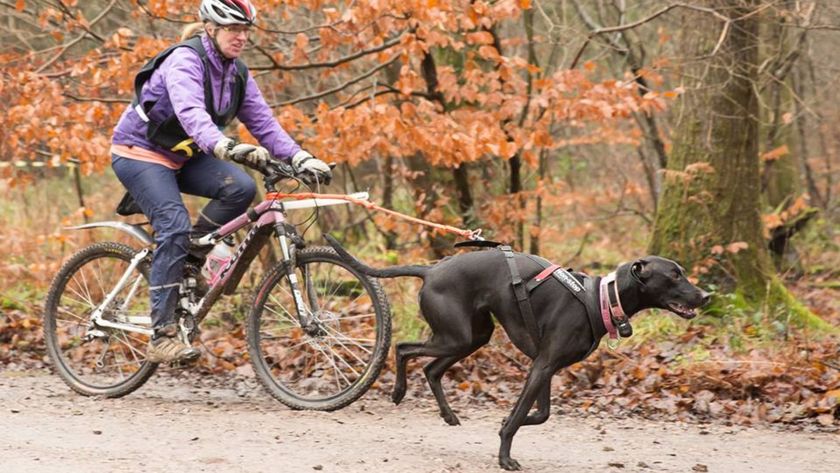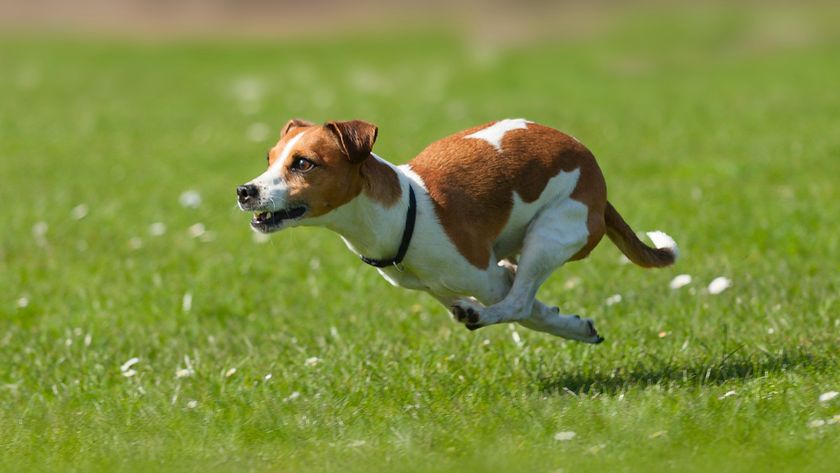I’ve been a vet for 13 years – here are the most astonishing dog facts I’ve come across
15 of my favorite fun dog facts that I know you are going to love!

As a vet with more than 13 years’ experience, I’ve had the privilege of working with dogs of all shapes, sizes, and personalities. Throughout my career, I’ve developed a deep appreciation for these remarkable animals – not just as loyal companions, but also for their incredible physical and cognitive abilities.
Every day, I encounter new surprises that reinforce just how unique and extraordinary dogs truly are. Whether it's their unparalleled sense of smell, their quirky habits, or their ability to form deep emotional bonds with humans, there is always something fascinating to learn about them.
Dogs have been our faithful companions for thousands of years, but there is still so much we are discovering about their behavior, biology, and intelligence. Their abilities go far beyond simple tricks or obedience – they can sense our emotions, help in medical detection, and even anticipate our routines with uncanny precision.
As a vet, I’ve had countless moments where dogs have amazed me, from their problem-solving skills to their remarkable ways of communicating with humans.
In this article, I’m excited to share some of my favorite interesting dog facts – some of which might even surprise you! Whether you're a lifelong dog lover or just curious about these wonderful creatures, I hope you’ll find these facts as fascinating as I do.

Fun facts about dogs
1. A dog’s nose is as unique as a human fingerprint

Just like no two human fingerprints are the same, every dog has a one-of-a-kind nose print. The ridges and patterns on a dog’s nose are unique to them, and in some places, nose-printing has even been used as a way to identify lost pets.
2. Dogs aren't actually color blind
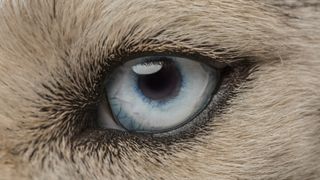
A common misconception is that dogs see the world in black and white, this is actually a myth! While their color vision isn’t quite as vibrant as ours, dogs can still see certain colors – just in a different way.
PetsRadar Newsletter
Get the best advice, tips and top tech for your beloved Pets
Their eyes are best at detecting shades of blue and yellow, while reds and greens tend to appear more like browns or grays. This is because dogs have fewer color-detecting cells (cones) in their eyes compared to humans.
However, what they lack in color perception, they make up for with incredible night vision and motion detection, making them expert hunters and playful companions, even in dim light.
2. Dogs can have dreams

If you’ve ever seen your dog paddling their legs, sleep barking or twitching in their sleep, they’re probably dreaming! Studies have shown that dogs experience REM sleep, the stage where dreaming occurs.
3. Dogs have an incredible sense of smell
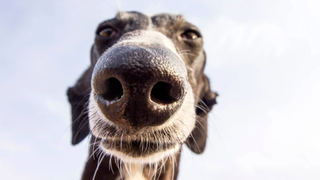
A dog’s sense of smell is estimated to be between 10,000 and 100,000 times stronger than ours. This is why dogs are used for search-and-rescue, detecting diseases, and even sniffing out contraband. Their noses are so powerful that they can detect certain illnesses like cancer and diabetes.
The best tracking dogs (often scent hounds) are amazing examples of this super power.
4. If a dog is wagging their tail, it doesn’t always mean they are happy
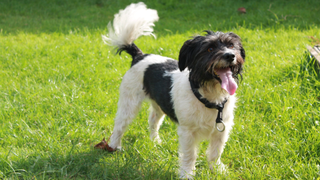
Many people assume that a wagging tail is a sign of a happy dog, but this is not always the case.
The speed, height, and direction of the wag can indicate different emotions. For example, a high, stiff wag can signal alertness or even aggression, while a relaxed, low wag often means a dog is showing submissive behavior.
There is also a condition known as happy tail syndrome that causes excessive wagging.
5. Dogs have a sixth toe!

Certain breeds, such as the Great Pyrenees and Norwegian Lundehund, are born with extra toes. These extra digits help with stability and grip, especially in rough terrain.
This condition is known as polydactyly. It only becomes an issue if the toe catches on things.
I have had a fair few patients that I have operated on as puppies to remove the extra toe to prevent further injuries and it is a very straightforward procedure.
6. Dogs can 'catch' yawns from humans

Yawning is contagious not just among humans – but also between humans and dogs!
Research has found that dogs are more likely to yawn after seeing their owner yawn, suggesting a deep level of empathy and social connection.
If you want to learn more, check out our feature on why dogs yawn.
7. Puppies are born deaf and blind
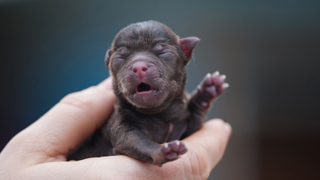
When new-born puppies enter the world they cannot see or hear. For the first few weeks of their life, they rely entirely on their sense of touch and smell.
Their eyes usually open around 10-14 days old, and their hearing develops soon after.
8. Dogs can smell your feelings
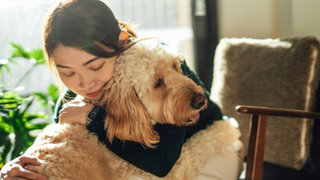
Dogs are incredibly perceptive to human emotions. They can pick up on changes in your scent caused by hormonal shifts – like those associated with stress, fear, or excitement.
This is part of the reason why they are so good at comforting their owners when they are upset – especially some of the best service dog breeds and best emotional support dogs.
9. Dogs have three eyelids

Dogs, cats, and other animals have three eyelids. They have an upper, a lower, and a third eyelid also called a nictitating membrane. It is located at the inner corner of the eye and is usually hidden from view.
The third eyelid helps protect the eye from dust and debris. It also helps to spread tears across the surface of the eye, to allow it to stay moist.
A common condition I see in practice is ‘cherry eye’. Here the gland of the third eyelid prolapses. A surgery is required to replace the gland and prevent it from popping out again.
9. Dogs have sweat glands in their paws

Unlike humans, dogs don’t sweat all over their bodies. Instead, they have sweat glands in their paw pads.
Dogs mainly regulate body temperature through panting rather than sweating. In the warmer months my dog will often leave sweaty paw prints around my house!
10. Dogs can tell time

While they may not read clocks like we do, dogs have an incredible internal sense of time. They can recognize routines and anticipate events, like knowing when it’s time for their walk or what time you usually come home from work.
I know that if I am late walking my dog, she will come and put her lead by my feet as a subtle hint that it’s time for walkies!
11. Dogs can learn over 1,000 words

Certain breeds of dogs, such as Border Collies, are known for their intelligence. These dogs are among the breeds capable of learning an extensive vocabulary. Some studies suggest that the smartest dogs can understand over 1,000 words and commands!
12. The Basenji breed doesn’t bark

Unlike most dogs, the Basenji breed is unable to bark in the traditional way. Instead, they produce a unique yodeling sound. This is due to the shape of their larynx. This has earned them the nickname the 'barkless dog'.
13. Dogs can see in the dark (sort of!)

Dogs may not be able to see in total darkness, but their eyes are specially adapted for low-light conditions.
They have a reflective layer called the tapetum lucidum, which enhances their night vision and helps them see better than humans in dim lighting.
14. Some dog breeds are over 4,000 years old
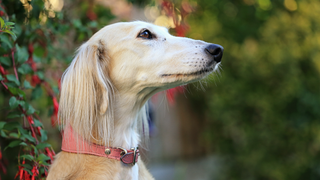
Certain dog breeds, like the saluki and the Afghan Hound, date back thousands of years and were used by ancient civilizations for their hunting and guarding abilities.
Here’s more info on the oldest dog breeds.
15. Dogs can fall in love

Research has found that dogs release oxytocin – the same hormone responsible for bonding in humans – when they interact with their owners. This suggests that the bond between dogs and their humans is much deeper than just companionship!
Dogs never cease to amaze us with their intelligence, loyalty, and fascinating abilities. In my job, I’m lucky enough to witness first-hand just how special these animals are.
Whether it’s their unique sense of smell, their ability to dream, or their incredible emotional intelligence, there’s always something new to appreciate about our four-legged friends. I hope you enjoyed these fun facts about our canine companions.
Read next: 7 things that STILL fascinate me about dogs despite working with them for more than 20 years

Emma graduated from the Royal Vet College in London in 2011. She has a keen interest in surgery and went on to do a postgraduate certificate in small animal surgery and was then awarded advanced practitioner status in the same discipline.
Edited by Megan Milstead.
This page was last updated in April 2025 by Emma Chandley.
Emma graduated from the Royal Vet College in London in 2011. She has a keen interest in surgery and went on to do a postgraduate certificate in small animal surgery and was then awarded advanced practitioner status in the same discipline.





